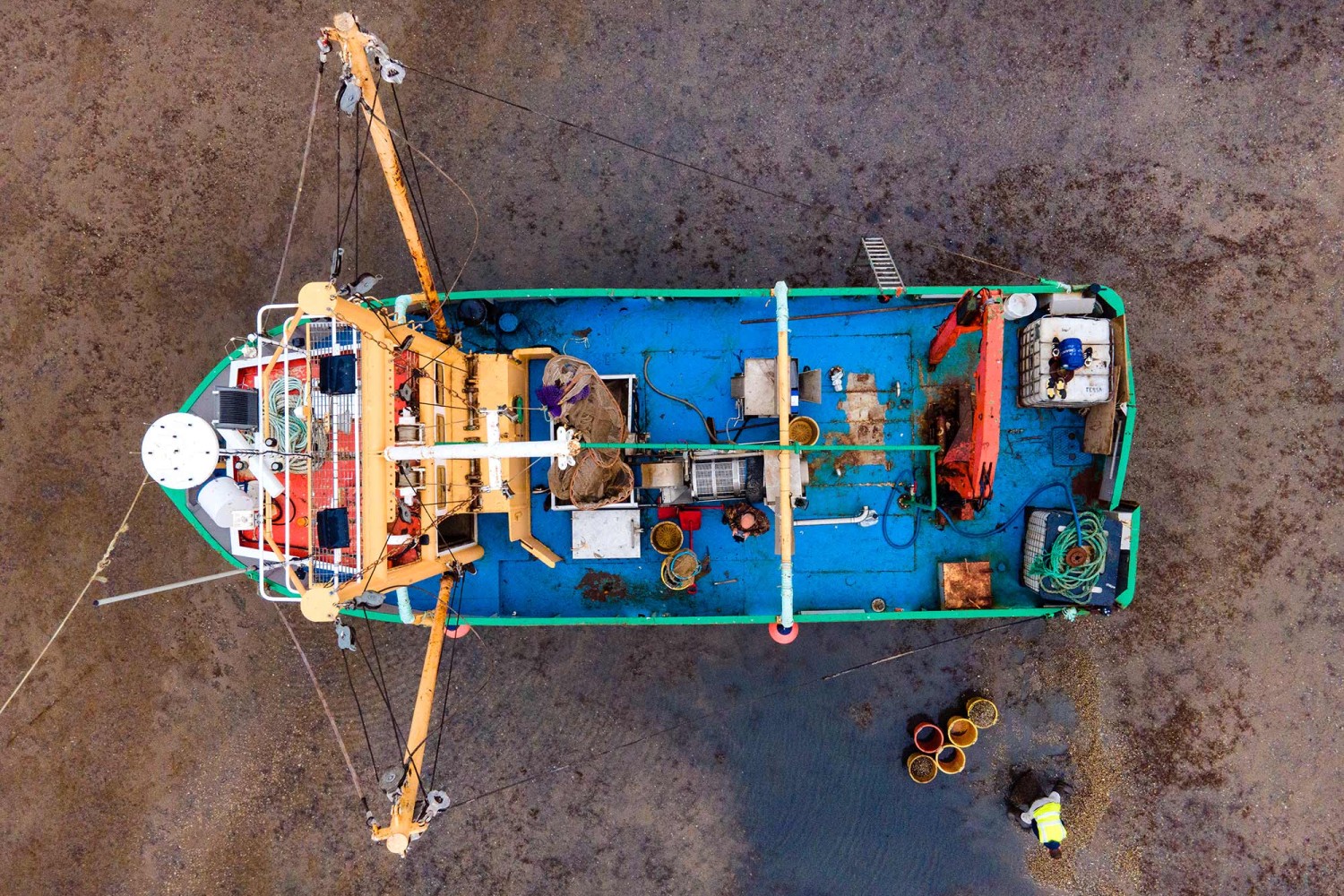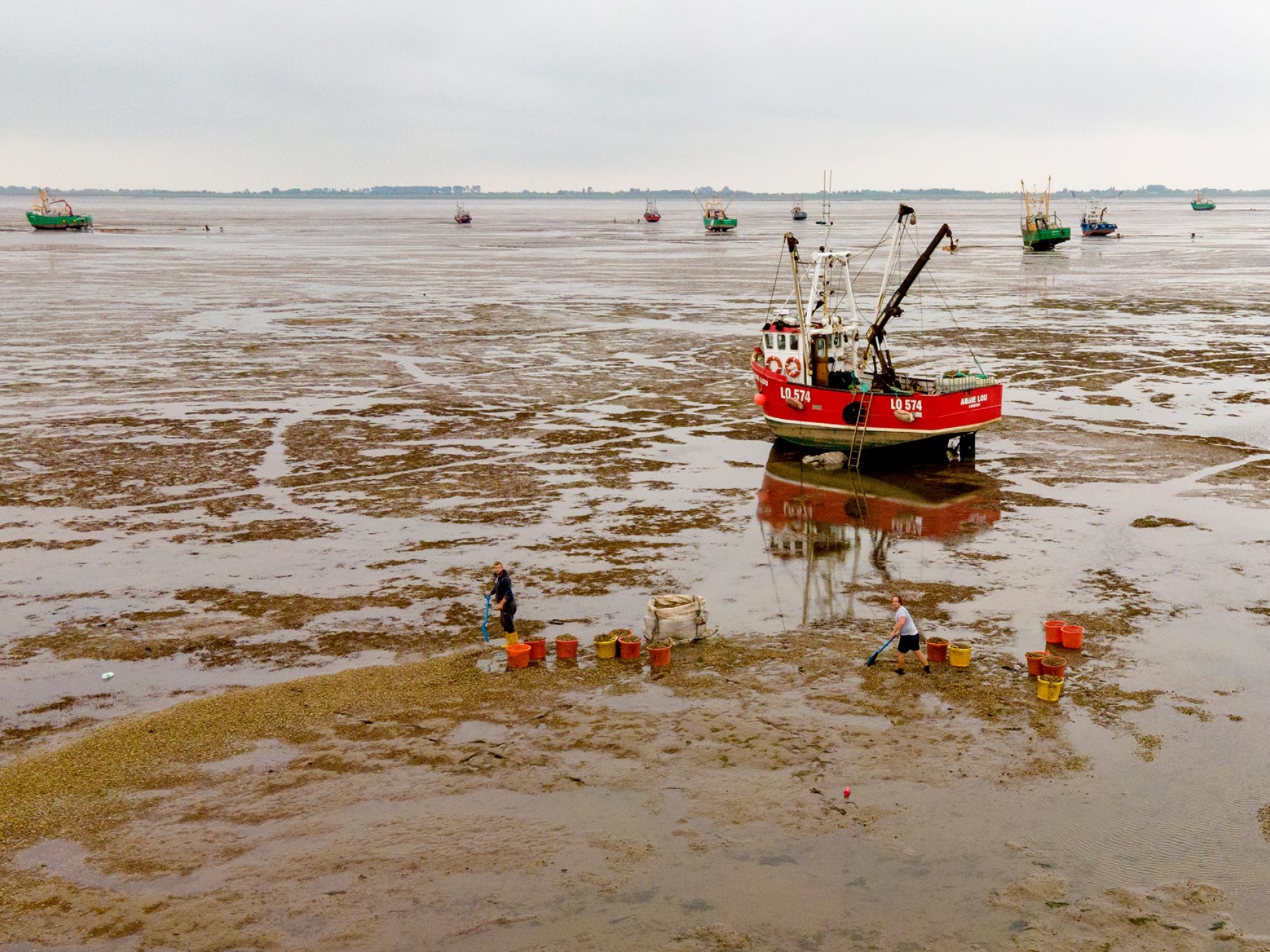
Working the Wash until the cockles come home
The Fisher Fleet has been a constant in King’s Lynn for over 700 years, a proud part of the town’s maritime heritage. Today the boats that trawl the waters remind us of the importance of maintaining tradition
It’s well-known that King’s Lynn was a vital trading port for Britain, establishing links with the Hanseatic League across Europe and providing a steady income to the local economy. The unique figures of ‘lionfish’ on the coat of arms for King’s Lynn and west Norfolk make reference to that maritime history, with the body of the lions representing the Royal Coat of Arms and their fish tails symbolising the borough’s links to the sea.
The importance of the Fisher Fleet throughout Lynn’s history is probably best illustrated by the words of Queen Elizabeth I, who granted local fishermen “free and uninterrupted use of the Fisher Fleet for ever and ever,” acknowledging the value of the fleet to England at the time, particularly since seafood was an important dietary staple in urban areas.
The Fleet was once the estuary of the Gaywood river, which met the Great Ouse in the north of the town. After construction on the larger Alexandra dock began in 1869, however, it began to lose its prominence. As the years passed and industrialisation swept across the country, the local fisherfolk were struggling to make a profit.
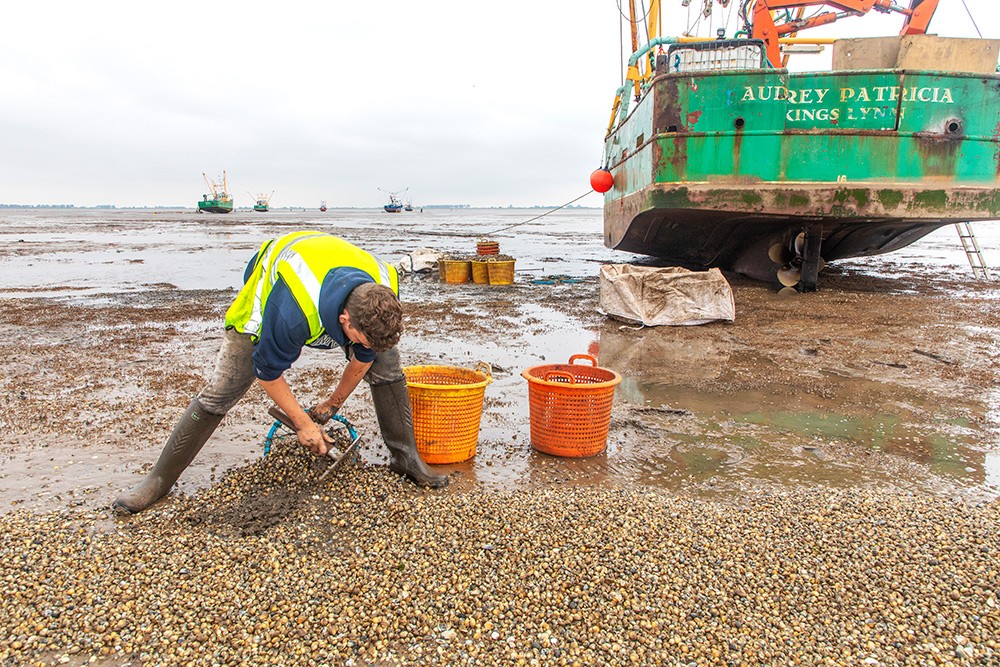
Despite a report in 1914 noting that the Fisher Fleet comprised 180 boats and 400 men, the Fleet had already been truncated (this time to make way for the Bentick dock) in the face of strong opposition from the North End community.
But while the size of the Fisher Fleet today has diminished within the port of King’s Lynn, the vessels that moor there are still essential in providing us with delicious and fresh catches.
Neil Lake, Director of John Lake Shellfish, has grown up around the Fisher Fleet, learning the ways of the fishing industry since he was young.
“My grandfather was a fisherman in King’s Lynn,” he says. “He was a Rake, and you can find the family history in True’s Yard Fisherfolk Museum. They were a fixed part of the fishing community, and 40 years ago my father started John Lake Shellfish, and it’s been a family-run business ever since.”
Like many businesses that make use of the Fisher Fleet, Neil specialises in shellfish. The Wash has been home to various species of shellfish for hundreds of years, including whelks, mussels, and brown shrimp. Over the past few months it’s been the season for collecting cockles, which is now coming to an end as waters get colder.
“There are a couple of ways to collect cockles,” says Neil. “The traditional method involves going through the sand with a hand rake and collecting what you see. That’s quite common on the west coast. The public fishery here operates differently, however. We use the propellers of our boats to wash the cockles into a ridge and then we rake them up at low tide.”
Come October and November, many of the boats in Lynn switch to beam trawling for brown shrimp. Attaching a large, light mesh netting to the vessel, the technique involves towing a beam trawl along the bottom of the seabed in shallow depths to collect the shrimp. Unavoidable variables such as the weather, however, can affect the daily haul at this time of the year.
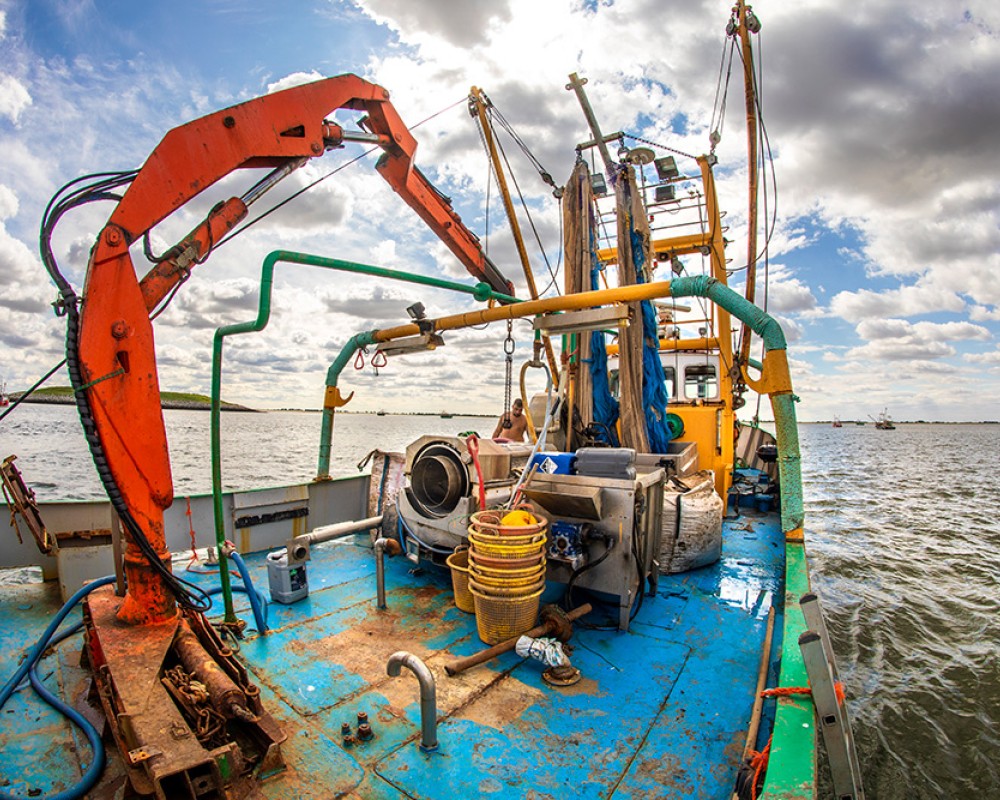
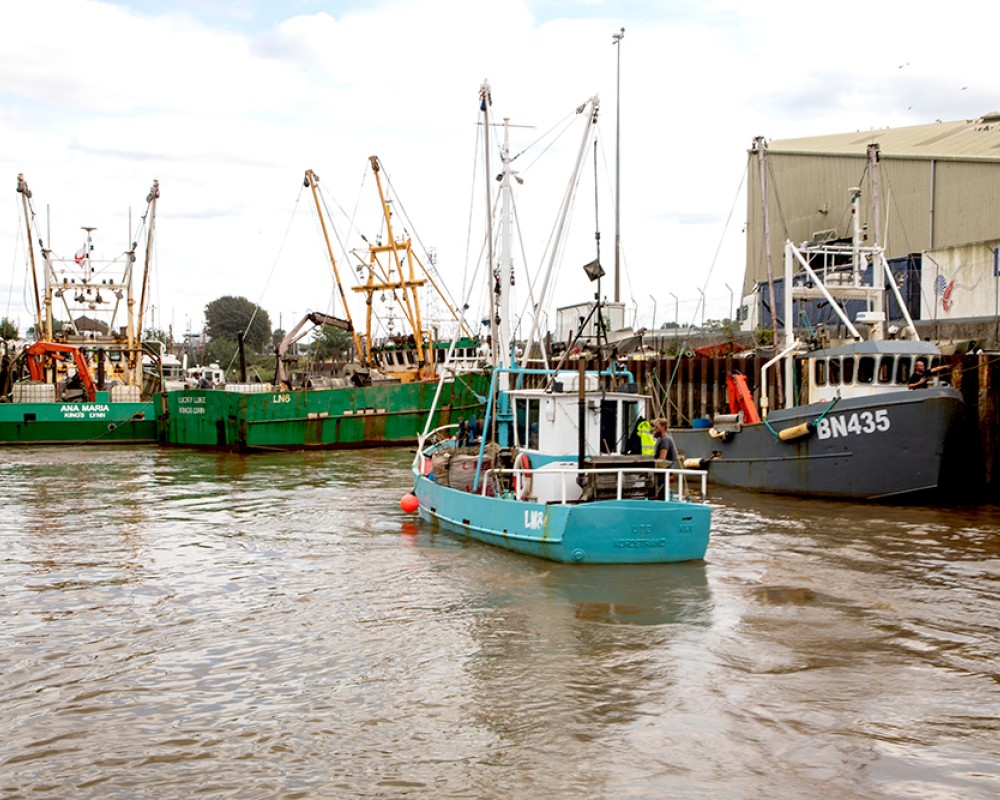
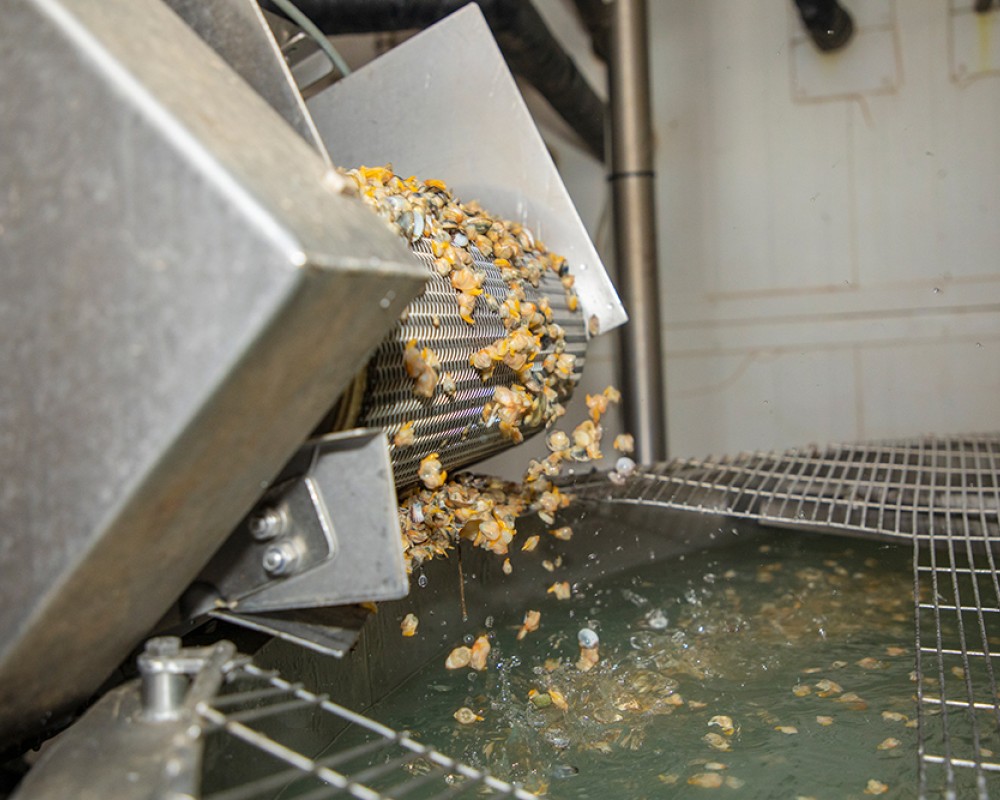
“When there’s snow and ice, cold freshwater ends up funnelling into the rivers, which causes the shrimp to stay beneath the bed and we can’t catch them,” says Neil. “A particularly cold winter makes it more difficult than it needs to be.”
Each season brings its own challenges, but a constant that the businesses around Lynn must manage is being able to fish whilst maintaining the conservation of the Wash.
According to the RSPB, the Wash is “the most significant inter-tidal wetland site in the UK” and provides feeding grounds for at least 16 species of birds. Conserving the area whilst maintaining the economic importance of the fisheries can be a bit of a headache for all involved, but Neil Lake couldn’t think of anything else he’d rather be doing.
“Fishing is more than a job,” he says. “It’s our life, and you have to like it. You could be working 12-hour days, sometimes in unforgiving weather and dangerous conditions. It’s certainly not for everyone. But there’s nothing like being out at sea all day. My son and daughter are now involved in the business too, and I’m confident we’ll still be fishing for many years to come.”
Demand for locally sourced, fresh seafood is unlikely to dissipate any time soon, which is encouraging news for the future of the historic Fisher Fleet.
